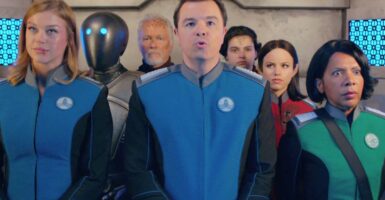The Worst Spider-Man Just Swung Onto Netflix
The worst Spider-Man has just swung by Netflix and we take a look at all the confounding decisions that got Peter Parker here.
This article is more than 2 years old
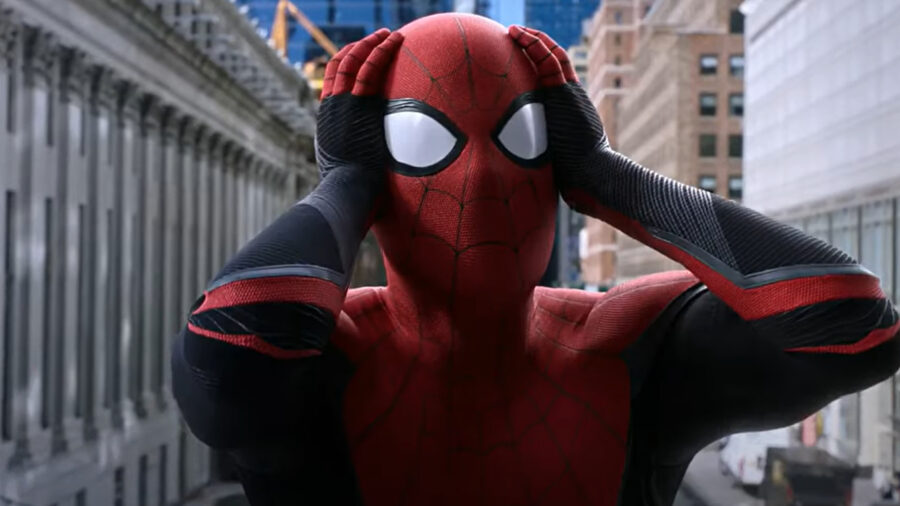
One can never predict the direction the future may go. That may be a big philosophical statement to follow with “Spider-Man,” but there have been few comic book adaptations that have taken as many strange paths as Stan Lee and Steve Ditko’s titular web-slinger. After the enormous success of Sam Raimi’s 2002 Spider-Man, the game-changing level-up of its sequel, and the disappointing sigh of the third film, Sony Pictures knew they had to do something different with their hottest intellectual property. And so different they did, which resulted in The Amazing Spider-Man starring Andrew Garfield in what is now commonly thought of as the worst version of the character. The 2012 movie is now streaming on Netflix for you to watch and wonder exactly what happened.
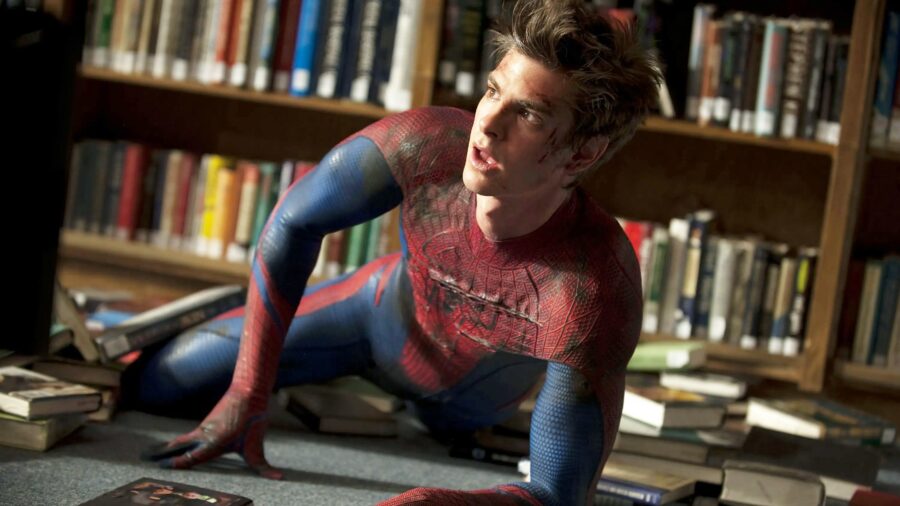
Let us be clear from the top: Andrew Garfield does not do a terrible job as Peter Parker/Spider-Man. Neither does Emma Stone as Gwen Stacy, Rhys Ifans as Doctor Curt Connors/Lizard, Denis Leary as Captain George Stacy, or Martin Sheen and Sally Field as Uncle Ben and Aunt May. It can even be argued that director Marc Webb, fresh off the success of 500 Days of Summer, is not doing any one thing spectacularly poorly. In retrospect, the problem with The Amazing Spider-Man is that it is neither the definitive Tobey Maguire-starring version of the hero nor the MCU-supported Tom Holland version. Garfield’s Spider-Man kind of glumly stands outside by himself, neither hot nor cold enough for fans (until recently, anyway).
The Amazing Spider-Man had to make a series of unenviable choices before it even began production. Should it try to recapture the colorful, cartoony feeling of Raimi’s trilogy and risk coming off like a faded photocopy? Should it try to latch onto elements of the comic book character that had been ignored and bring its own take to the cinematic table? Should it take the obvious choice and go dark and gritty? Do we need another origin story? These are some true dilemmas, and regrettably, very few of the decisions made anyone happy.
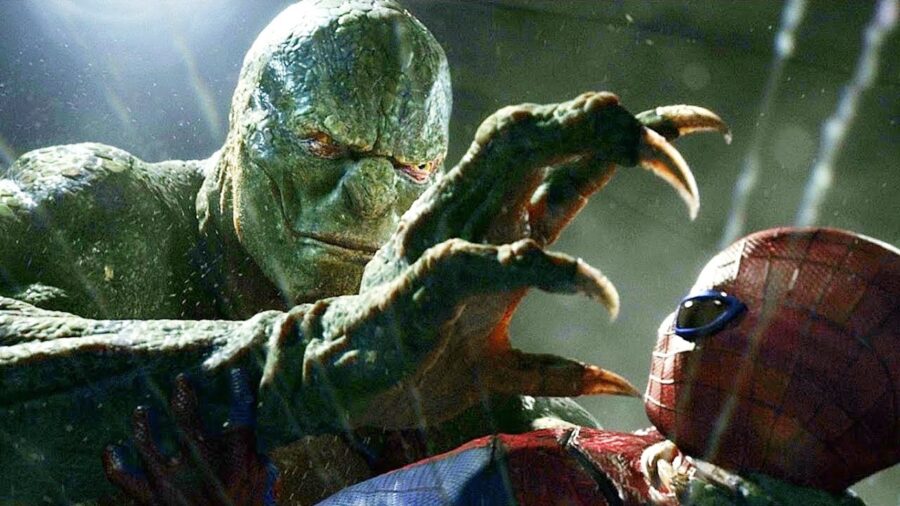
Yes, The Amazing Spider-Man is an origin story. We see Andrew Garfield’s Peter Parker as a nebbishy high school student who gets bullied by Flash Thompson (Chris Zylka). We see him get bit by an irradiated spider and get the abilities of a spider, which we all know to be super-strength, low-grade precognition, and wit. Uncle Ben gets murdered, Rhys Ifans becomes a violent humanoid lizard, with great power comes great responsibility, and so forth.
While Marc Webb and Sony Pictures took the seemingly safe path with a tried and true origin, they also made bewildering creative decisions. While there is precedent in Marvel Comics for Peter Parker’s parents being secret agents of various kinds, that is not what makes Spider-Man intriguing. We do not need a mysterious backstory for a teenager struggling with his wants and responsibilities to be empathetic. It is also not a terrible idea to try to inject some darkness into the Spider-Man story, but with Christopher Nolan’s The Dark Knight Rises coming out the same year, they could not really compete in terms of grimness.
One of the most common complaints about Tobey Maguire’s Spider-Man is he did very little of the hero’s trademark quipping, but the combination of a violent, angst-filled Spidey and constant jokes make him just seem kind of… unhinged. And while this is the smallest of small quibbles, casting the famously redheaded Emma Stone not as Peter Parker’s famously redheaded love interest Mary-Jane Watson, but as the iconically blonde Gwen Stacy seems indicative of the tortured decision making happening behind the scenes.
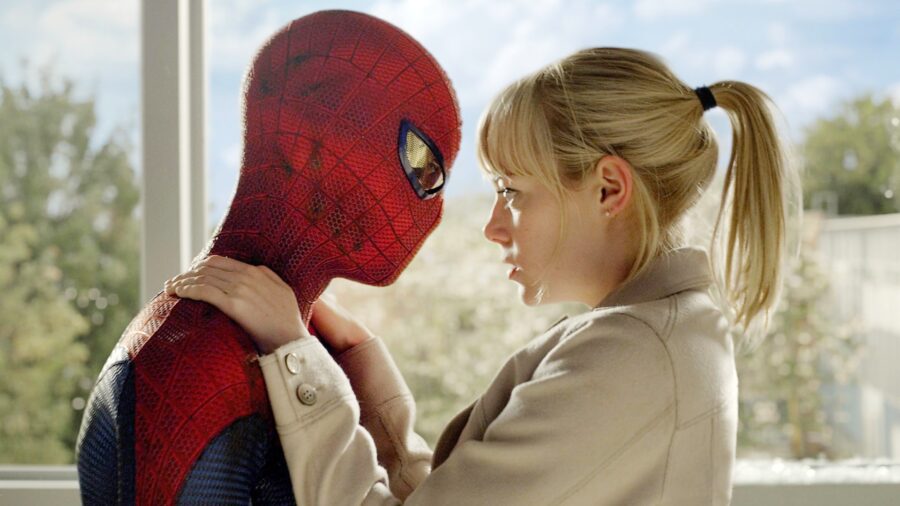
At the time, The Amazing Spider-Man did great. It made over $700 million at the box office and holds a respectable 72% on Rotten Tomatoes. Sony was sufficiently happy to greenlight a sequel that brought us Paul Giamatti in a rhinoceros machine, but the reputation of Andrew Garfield’s version swiftly dropped. Plans for a third installment were scrapped in favor of a deal with Disney to bring Spider-Man into the MCU, the epochal success of which seemingly nailed the Amazing Spider-Man 3’s coffin.
However, the long-awaited meeting of Tobey Maguire, Tom Holland, and Andrew Garfield’s versions of Spider-Man in No Way Home had an odd effect on the least-liked variant. The movie’s wise decision to mirror the real-life dismissal of The Amazing Spider-Man in Andrew Garfield’s story arc brought a depth to the character that he had not achieved in his own movies and reignited talk of a third movie. It took leaving his universe entirely for the worst Spider-Man to finally get some love.
